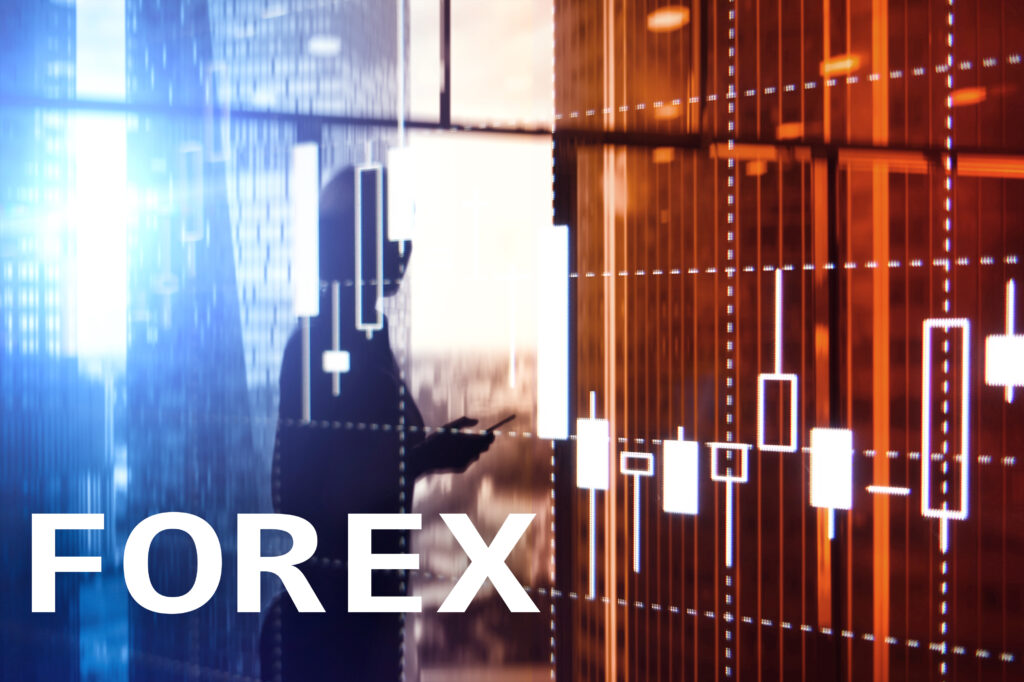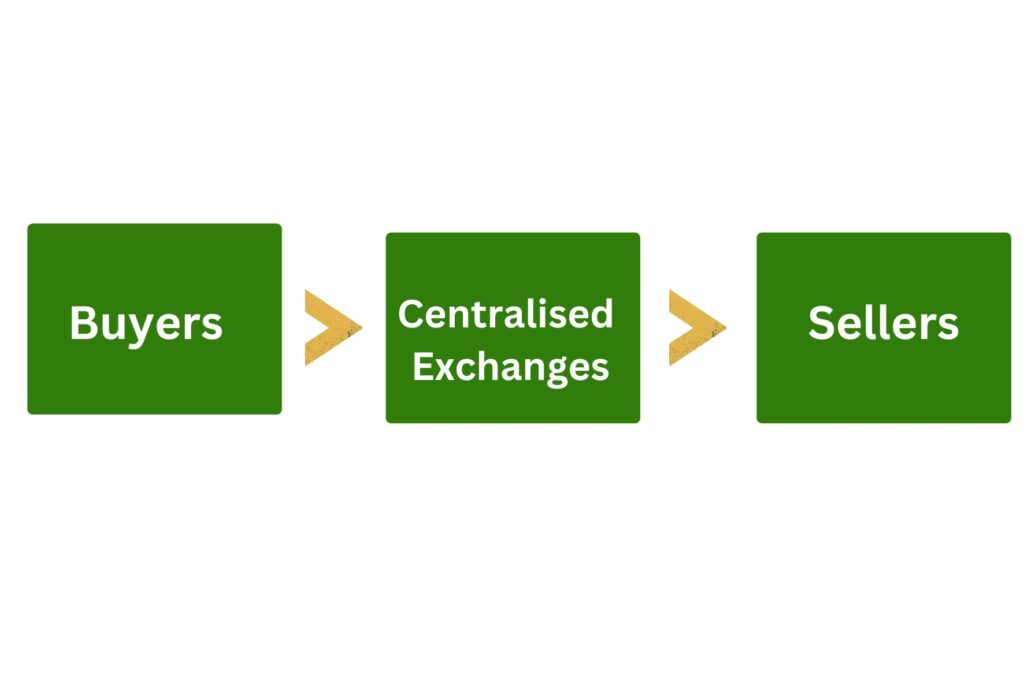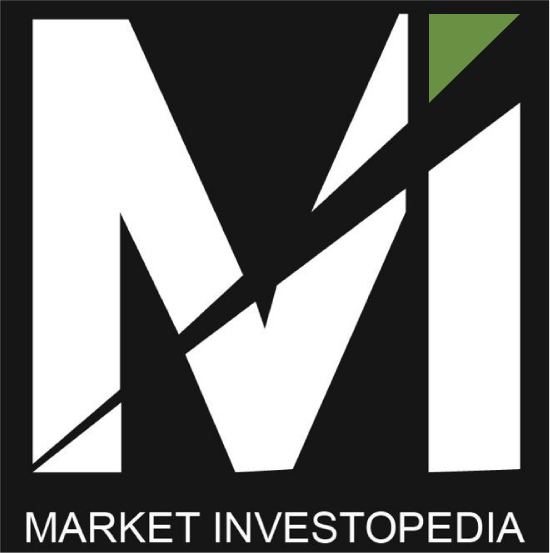In this article, you will learn about the Forex Market Structure, its hierarchy, participant and the role of these participants.
Forex Market is commonly known as FX Market or Foreign Exchange market. It is a place where large numbers of traders were involved in the buying and selling of currency pairs.

There are more than 170 currencies traded in the forex market. Trillions of Dollars are traded in the forex market to take benefit from the change in the value of currencies. It is an over-the-counter (OTC) market where trading takes place between the two parties.
In the forex market, individuals, companies, and central banks indulge in the conversion of currencies. Let us understand Forex Market trading with an example. Suppose you are traveling to the USA from India. To survive in the USA, you have to convert your Rupees to Dollars, and that’s how foreign exchange occurs.
A quick glance
In FX Market, many traders are involved in the buying and selling of currency pairs. Learn with example.
It is dynamic, complex, and ever-changing, with levels of liquidity and participation. Please have a look at its overview.
Based on participation, regulations, level of liquidity, and motivation, the Hierarchy of the Forex Market showed in the form of a pyramid.
Major Banks are placed at the top level, while retail traders are placed at the bottom. Learn about all the participants of the forex market and their roles.
Mastering Market Structure
The structure of the Forex Market is dynamic, complex, and ever-changing, with levels of liquidity and participation. Its structure is slightly different from the other financial market, such as stocks and crypto.
There is no central exchange in the FX Market. The major participants in the forex market are brokers, dealers, traders, banks, and commercial companies.
To make you understand the structure of the forex market efficiently. Here are two diagrams that show the comparison between the structure of the Forex vs. stock market.
Structure of Stock Market

The above diagram shows you the structure of the stock market. There is a buyer and a seller. In the middle of them, there are centralized exchanges such as NSE, BSE, and NYSE.
Stock Exchange is a centralized market, which makes it less complex as compared to the forex market structure. It is very monopolistic as there is one entity that controls the prices.
The prices in the stock market can be easily altered and managed as it is well managed by a central entity. In the stock market, a specialist can manipulate the quotes to get the desired results.
Forex Market Hierarchy

Forex Market Structure Analysis
The above diagram shows the structure which arise the question of how to read Forex Market Structure. There is a huge difference between the structure of the Forex market and the stock market. The FX market is a decentralized market. Daily, trillions of Dollars are traded on different forex brokerage platforms as there is not even a single physical location where the traders go to buy trade in currencies.
On the basis of participation, regulations, level of liquidity, and motivation, the Hierarchy of the Forex Market showed in the form of a pyramid in the above diagram.
In the forex market, each participant looks for counterparties. Major Banks are placed at the top level, while retail traders are placed at the bottom on the basis of different factors. Let us understand all the participants of the Forex Market levels separately to understand its complex structure.

Participants of Forex Market
- Major Banks
- Large Commercial Banks
- Central Banks
- Government Regulators
- Electronic Brokerage Services
- The Reuters Dealing 3000-Spot Matching
- Electronic Brokering Services (EBS)
- Small and Medium Sized Banks
- Retail ECNs and other institutions
- Hedgers
- Multinational Corporations (MNCs)
- Forex Brokers Platforms
- Retail Traders
- Forex Brokers Platforms
- Retail Market Participants
- Speculators
Major Banks: Major Banks are placed at the top of all participants of the Forex Market Structure. Based on the supply and demand of currency, these Bank determines the exchange rate of the currency pair. Major Banks include the Central Banks of the countries and some big commercial Banks.
Commercial Banks: Large commercial banks, also known as Super Banks, are amongst the most significant participants in the complex Forex Market Structure patterns. As per the information, over 80% of all money traded in the market comes from these large commercial banks. Here are some major commercial players in the market.
- HSBC
- Bank of America
- Deutsche Bank
- UBS
- Morgan Stanley
- Citi Group
- RBS
- Goldman Sachs
Central Banks:
The major banks also include the central banks of countries. Each country has its own central Bank. The country reserves the right to print its country’s currency and distribute it to other banks to its central Bank.
Central Banks controls the market and make effective market structure trading strategy. These central banks supply currencies to commercial banks to be exchanged in the forex market. For Example, The US Federal Reserve, The European Bank, the Bank of England, the Bank of Japan, the Swiss National Bank, etc.
Government and Regulators: As similar to individual traders, the governments of respective countries also participate in the forex market to hedge against inflation in order to boost their economies.
Besides the government, there are regulators of government that regulate the activities and participants of the Forex Market. The government of every country has its own regulating authorities which regulate the forex market.
The major regulators of the FX Market are The Financial Conduct Authority (FCA), The Prudential Regulation Authority (PRA), Financial Services Compensation Fund (FSCS), etc.
Electronic Broking Services: It is an electronic trading platform used by market-making banks to trade in foreign exchange on a daily basis. The Reuters Dealing 3000-Spot Matching and Electronic Brokering Services (EBS) are major Electronic Broking Services.
Small and Medium-Sized Banks: There are various small and medium-sized banks that participate in forex trading. The banks provide their clients with services to change one currency into another. These banks make a profit through the process of arbitrage and speculations.
Retails ECNS, Hedge, and commercial companies: There are various non-bank market traders, which include mutual funds, hedge funds, pensions, and other corporations. These institutions or organizations are the major players in the forex market. They are indulged in constant buying and selling of currencies. We have taken reference from the Forex Market structure books to present the role of each participant effectively.
Hedgers: The term hedger is used for any individual or firm that buys or sells a commodity. These companies hedge the risk of price changes in commodities or assets they need to buy to run the business.
Hedging is the process of offsetting position to balance the profit and losses of an underlying asset. These corporations protect themselves against any unfair moments by taking the contrary position.
Multinational Corporations (MNC): There are companies that have branches globally or in many other countries. These companies are the major participants of the Forex Market as they have to convert the currencies they earn from different countries into their own currencies; for this purpose, they participate in forex.
For Example, Reliance Industries’ several branches are situated outside of India. They earn money by providing their products and services to different countries and then converting all the other currencies into Indian Rupees.
Forex Brokers Platforms: These brokers’ platforms are the major participant of the Forex Market structure. These are licensed corporation that helps trade in the buying and selling of currencies. Novice traders need a broker to deal in Forex Market.
These platforms act as the middleman between the trader and the forex market maker. They provide traders with the best available quote prices. Their main aim is to facilitate their consumer with the lowest buying and highest selling prices. They charge a commission or earn from the spread fluctuation in exchange for their services.
Retail Traders: The retail trader is the bottommost player in the forex market structure. It is a complex task for retail traders to engage in Forex trading.
Therefore there are various electronic trading platforms and retail brokers that help these traders to participate in forex trading. Retail traders include individual traders who trade through brokers.
Retail Market Participants: These participants include all those people who are engaged in Forex Trading for a genuine reason and not to make a profit. For Example, Tourists, students, or any other person traveling abroad.
Speculators: An individual buy or changes currencies for two reasons. The first reason is when he is traveling in a foreign country or when he needs another currency for buying on selling commodities. The second reason for participating in the FX market is to make a profit out of the change in the value of currencies.
A speculator refers to a person who participates in the FX market to make a profit based on his predictions after studying different factors. These people open positions for a short period of time to make a short-term profit.
Conclusion
The structure of the Forex Market is very complex. With large numbers of participants, there is no single physical location for trading in FX Market. The FX market is like a sea, and thousands of big ships and boats are sailing on it.
A trader is one amongst the thousands of small boats. There are more than 170 currencies to trade with. It is not possible for a trader to analyze the market condition for all currencies.
Therefore it is essential for a trader to understand the Forex market structure, its participant, and its process in order to select a currency pair efficiently and compete with the giants or the experienced players of the market.
